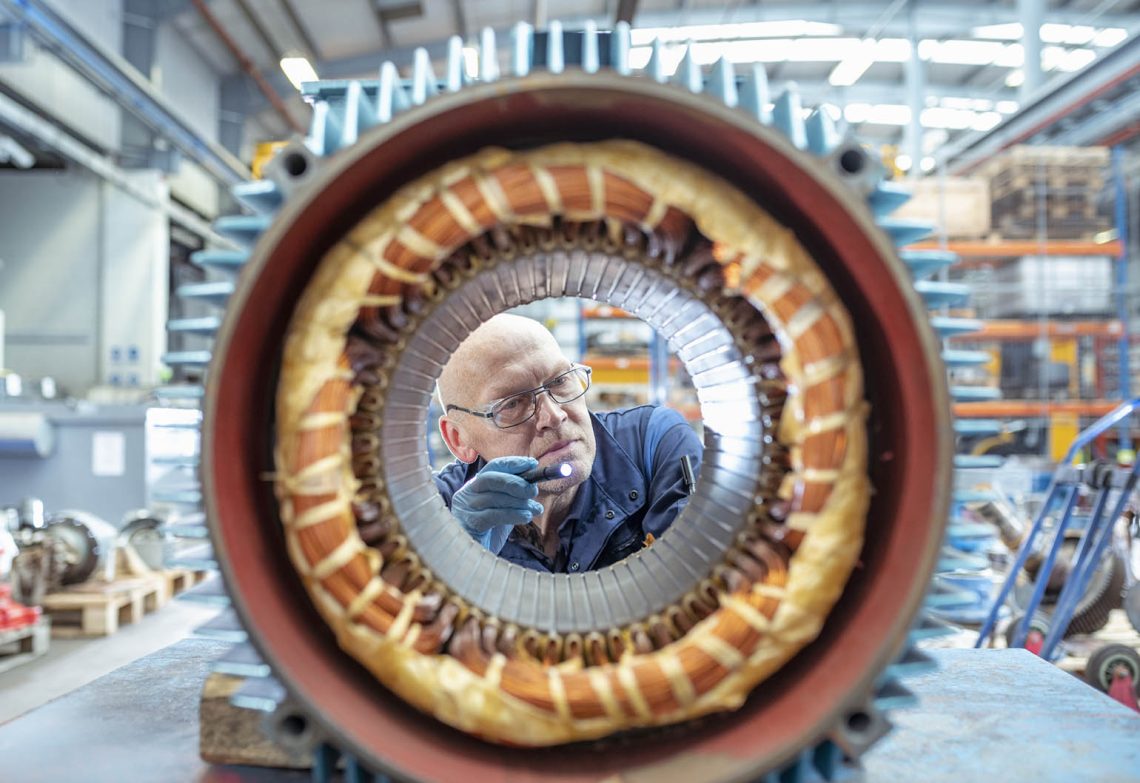Where does Australia get its engineers from? And where do they go when they leave the industry?
As shown in Engineers Australia’s report Strengthening the engineering workforce in Australia, the nation needs more engineers, and it needs them now. The National Skills Commission predicts that the number of people working in STEM occupations will grow by nearly 13 per cent in the next five years.
Engineers Australia CEO Romilly Madew AO says the problem is not new. “Our research shows that for decades, this issue keeps cropping up: there is a systemic shortage of engineers in Australia,” she says.
But where do Australian engineers come from? What are the routes into the profession?
Perhaps more importantly, what causes engineers to leave the profession?

Engineering study
In any given year, there are tens of thousands of students studying engineering at various levels, and around 20,000 new students – both domestic and international – commence an engineering-related degree every year.
However, that’s not the whole story.
“We are seeing commencements and graduations in engineering continue to decline – they’ve been declining since 2014,” Madew says.
“We need to make sure that we’ve got an adequate supply of engineers coming through our pipeline – domestically trained – who are getting the experience that then puts them into the demand categories when these cycles come along.”
“Only 60 per cent of students who commence an engineering degree graduate with one,” says Jane MacMaster FIEAust CPEng. “And only 25 per cent of engineering students are getting to the end of their studies in the minimum four years.”
As the Strengthening the engineering workforce in Australia says, there are several factors that influence the successful completion of a tertiary engineering qualification.
These need to be addressed to boost the pipeline of domestically trained engineers entering the market.
Skilled migrants
Compared to the volume of engineering graduates, the number of qualified engineers entering Australian industry from overseas is relatively modest. But the experience they bring is invaluable.
“Migrants will always play a very important role in the Australian economy and in engineering,” Madew says.
Madew points out that Australia is not alone in its shortage of skilled engineers, however.
“The US, the UK, as two very similar countries to us, are also experiencing a shortage of engineers.
It is also important, Madew says, to ensure that the migrant engineers who are here are able to actually work as engineers. “There is a cohort of migrant engineers in Australia that are qualified, experienced engineers who are underemployed or unemployed. They cannot get a position that really aligns to the qualifications and experience that they’ve had back home,” she says. In fact, only 40 per cent of qualified migrants actually work as engineers.
Last year, Engineers Australia published the Addressing Barriers to Employment for Migrant Engineers report.
Engineers are moving away from engineering
“Only around 60 per cent of qualified engineers in Australia work in an engineering role,” MacMaster reveals.
“A lot of engineering graduates, particularly the top performers, get enticed to work with non-engineering organisations in non-engineering roles, such as the banks and management consultancies,” she says.
Other routes open to more experienced engineers include taking on leadership roles, or entering academia and other professions.
“Engineering tends to be an ‘asset for life’,” MacMaster says. “It provides you with transferable skills which are very attractive to other industries.”
Women in engineering
An important factor that can’t be ignored is the fact that many women leave the profession for reasons associated with discrimination. Two thirds of women who left the engineering profession did so because they felt they had limited career opportunities, or because they had been harassed, bullied and under-valued.
Women are disproportionately affected by career breaks – often taken after starting a family.
MacMaster points to the STEM Returners program as one way that Engineers Australia is working to encourage more women to return to the engineering profession.
Engineers Australia’s Women in Engineering report describes in more detail the strategies the organisation is implementing to improve the participation of women in the profession.
What’s next
Engineers Australia is in the process of prioritising the initiatives outlined in its report. Many actions will require collaboration between various stakeholders.
To read more about Engineers Australia’s proposals, download the Strengthening the engineering workforce in Australia report.
Join Jane MacMaster and industry L&D leaders for Engineers Australia’s free webinar Tackling the graduate engineer shortage – approaches and strategies on 20 October.




Great infographic.
Is it possible to create an infographic that breakouts “ongoing engineering practice” by “industry” and a further breakdown into sub-categories of design, build, and maintenance, etc.
In other words, what type of industries and opportunities are likely to attract potential engineering students in Australia.
The next step in the investigation process is to gather data on how potential engineering students are made aware of these opportunities by industries and companies.
There are lot of international enginers from overseas give them work so that they can earn and learn
I have done three years diploma in electrical engineering from polytechnic from india .Currently Iam citizen of australia .Running a retail shop of groceries .
Great detail on what is happening.Ie Where Engineers are going.
Is there any research into deeper reasons why engineers leave the industry?
Engineering is an industry that needs technical certainties and can’t tolerate failures and vulnerabilities.
But Engineers are human too, and engineering is a field where frequently humans don’t look after other humans.
I wouldn’t turn to an engineer for empathy when a relationship breaks down, or an industry changes and you lose your job.
Is Engineering culture evolving like other sectors have, to value and protect its people?